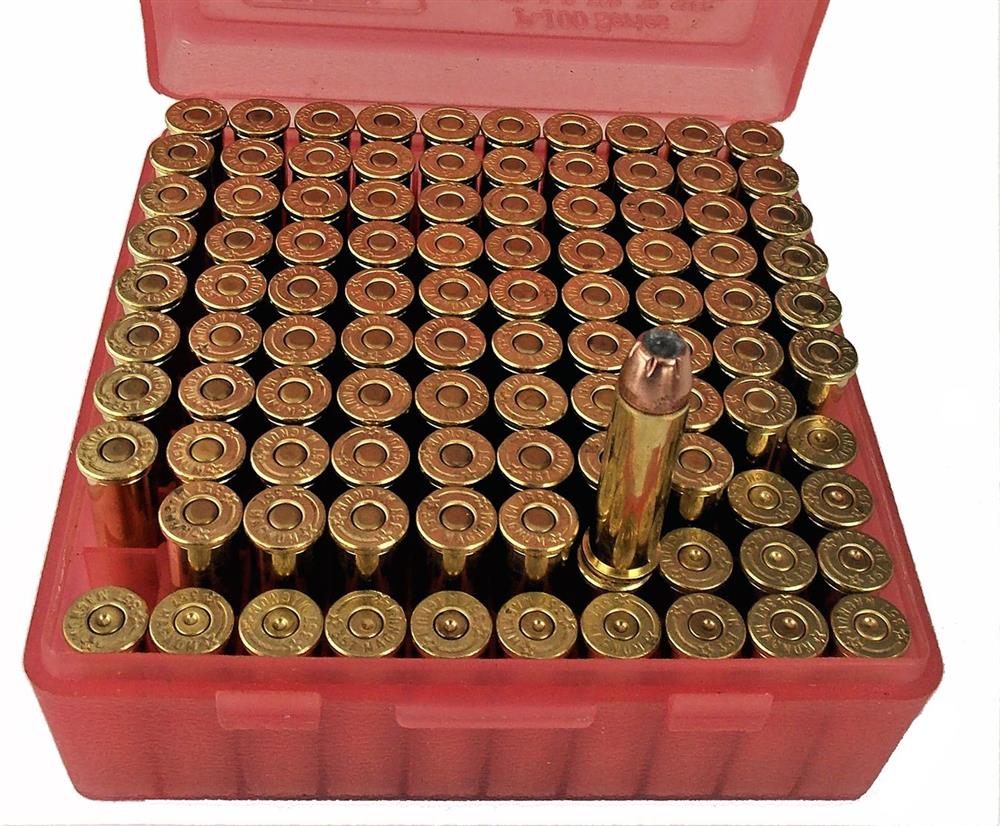One thing I have learned is that as things get older, they get meaner—and sometimes age brings respect. The Colt Python and I were each born in the 1950s. I am too young to remember the 1950s, but I find it interesting that such an advanced revolver was introduced over 60 years ago in 1955.

The Colt Python was a product of modern engineering and a desire for Colt to get on the top in sales. The tide was yet to turn, and we were a nation of revolver men. Just prior to World War II there was a great deal of development in custom revolvers. Short throw actions were custom built and so were heavy barrels and barrel ribs. Improved sights were developed. These improvements were an important part of revolver development for many years.
Colt wished to produce a custom grade, factory production revolver with excellent features. The .357 Magnum was a popular cartridge only 20 years old at the time, and the .38 Special was the most popular target cartridge. Colt took the Officer’s Model Match—a target grade Official Police revolver—and looked to improving it.
Colt lengthened and strengthened the cylinder and frame to accommodate the .357 Magnum cartridge. The recoil plate was eliminated. Instead, the firing pin hole was dilled into the frame. The Python design is robust, but the floating firing pin will not withstand a steady regimen of dry fire. If you must dry fire the Python or similar Colt revolvers, use Lyman snap caps.

The single most prominent feature of the Python is the bull barrel. This heavy barrel is one of the reasons for the Colt’s great accuracy potential. The barrel features a fully shrouded ejector rod. The barrel rib is a flamboyant addition that sets the piece apart as a premium revolver. The rib was advertised as dissipating heat. The 1/8-inch front ramp is ideal for most uses and the fully adjustable rear sight is easy to use to zero the revolver.
The grips are well designed and offer excellent checkering. The most common barrel length is four inches. The 2.5-inch is pretty rare, the 6-inch common, and there have also been 8-inch hunter versions produced. Nickle was a strong seller and stainless steel revolvers were manufactured. Blue steel doesn’t really describe the beautiful Colt Royal Blue finish.
The Colt eventually became too expensive to manufacture at an affordable price. It seems that a modest number of custom shop Pythons did not sell that well and Colt is a giant company that cannot afford to keep such a piece going on a small margin. The price for used and collector grade Pythons is strong.

The current price for excellent condition Pythons is $2,000 to $3,000. Folks are asking ridiculous prices for well-worn examples. For the price, what do you get? The care in manufacture and design adds up to a beautiful revolver and the single most accurate revolver ever manufactured—in the opinion of most of us.
The long rolling action is excellent. However, you must pull the trigger through and then allow the action to reset. If you do not allow a full reset as the trigger returns and attempt to press it to the rear too soon, you might tie the gun up or break the hand.
The Colt rewards a trained shooter. Take aim, fire, allow the trigger to reset as the barrel rises, control the muzzle and bring the front sight back on target for a hit. As for speed on the draw, this demands practice. I often carry the piece in a Galco Phoenix crossdraw holster. This holster may also be worn strong side. It doesn’t get any better.

As for absolute slow fire accuracy, the Python is the most accurate revolver I have ever fired. At a long 25 yards, very few shooters can hold a 5-shot one-inch group. I have done so occasionally (often enough to realize that the Colt is far more accurate than I do).
Handloads using the Hornady 125-grain XTP at about 1,250 fps have been the sweet spot. You may run the 125-grain XTP up to 1,400 fps without excess pressure, but there is no point in doing so. The 1,250-fps load is fine for practice, long-range shooting, and personal defense.
For thin skinned game over 100 pounds, I would jolt the XTP to 1,400 fps or perhaps use the 158-grain XTP at 1,200 fps. This isn’t the revolver to push the envelope with in handloading, but then my personal Python has thousands of cartridges through it without any problems. The Python is the ultimate double action revolver and a solid performer. It is worth its price if you can get one.













